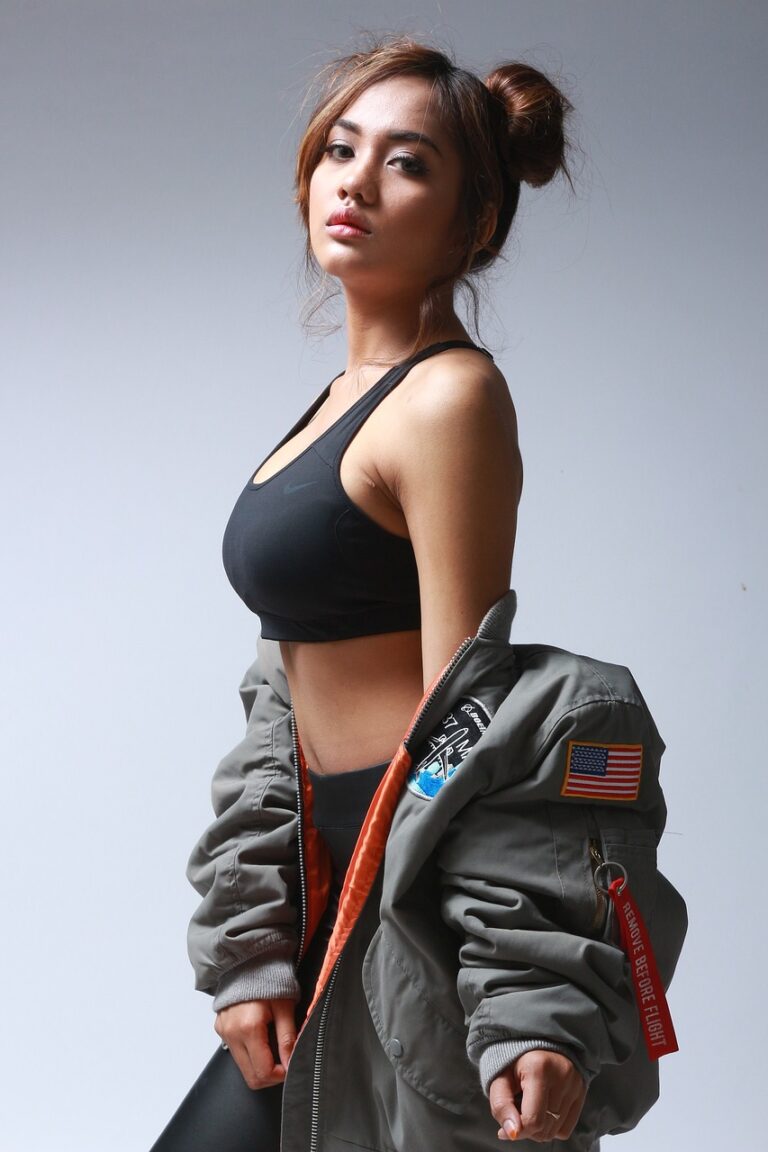Sustainable Fabric Innovations in Fashion
The process of transforming recycled plastic bottles into fabric is a remarkable feat of sustainability and innovation. With the growing concern over the environmental impact of plastic waste, many companies are turning to this eco-friendly alternative to create textiles that not only reduce waste but also offer a viable solution to the problem of excess plastic in landfills and oceans. By repurposing plastic bottles into fabric, the textile industry is taking a significant step towards a more sustainable and environmentally friendly future.
Recycled plastic bottles are first collected, cleaned, and shredded into small flakes. These flakes are then melted down and extruded into fibers that can be spun into yarn and woven into fabric. The resulting material is durable, lightweight, and versatile, making it an excellent alternative to traditional textiles. In addition to being environmentally friendly, fabric made from recycled plastic bottles can also have performance benefits such as moisture-wicking properties and UV protection, making it a popular choice for sportswear, outdoor gear, and other applications.
Eco-friendly dyeing processes in fabric production
When it comes to fabric production, eco-friendly dyeing processes have gained significant attention in recent years. Manufacturers are increasingly looking for ways to reduce their environmental impact while still producing high-quality textiles. One of the most promising solutions is the use of plant-based dyes instead of traditional synthetic dyes.
Plant-based dyes are derived from natural sources such as flowers, leaves, roots, and bark. They are biodegradable and non-toxic, making them a more sustainable option compared to conventional chemical dyes. Additionally, plant-based dyes can create unique and vibrant colors that are not easily achievable with synthetic dyes, adding a touch of natural beauty to the final fabric.
How is fabric made from recycled plastic bottles?
Fabric made from recycled plastic bottles is created by collecting used plastic bottles, cleaning and shredding them into small pieces, melting the plastic, and then extruding it into fibers to be spun into yarn.
What are some examples of eco-friendly dyeing processes used in fabric production?
Some examples of eco-friendly dyeing processes include natural dyeing with plant-based dyes, low-impact dyes that require less water and energy, and digital printing techniques that eliminate the need for water.
Why is it important to use eco-friendly dyeing processes in fabric production?
Using eco-friendly dyeing processes helps reduce water and energy consumption, minimize the use of harmful chemicals, and decrease the environmental impact of fabric production.
Are fabrics made from recycled plastic bottles just as durable as traditional fabrics?
Fabrics made from recycled plastic bottles can be just as durable as traditional fabrics, depending on the manufacturing process and quality of the materials used.
How can consumers support eco-friendly fabric production?
Consumers can support eco-friendly fabric production by choosing products made from recycled materials, supporting brands that prioritize sustainability, and educating themselves on the environmental impact of the fashion industry.





